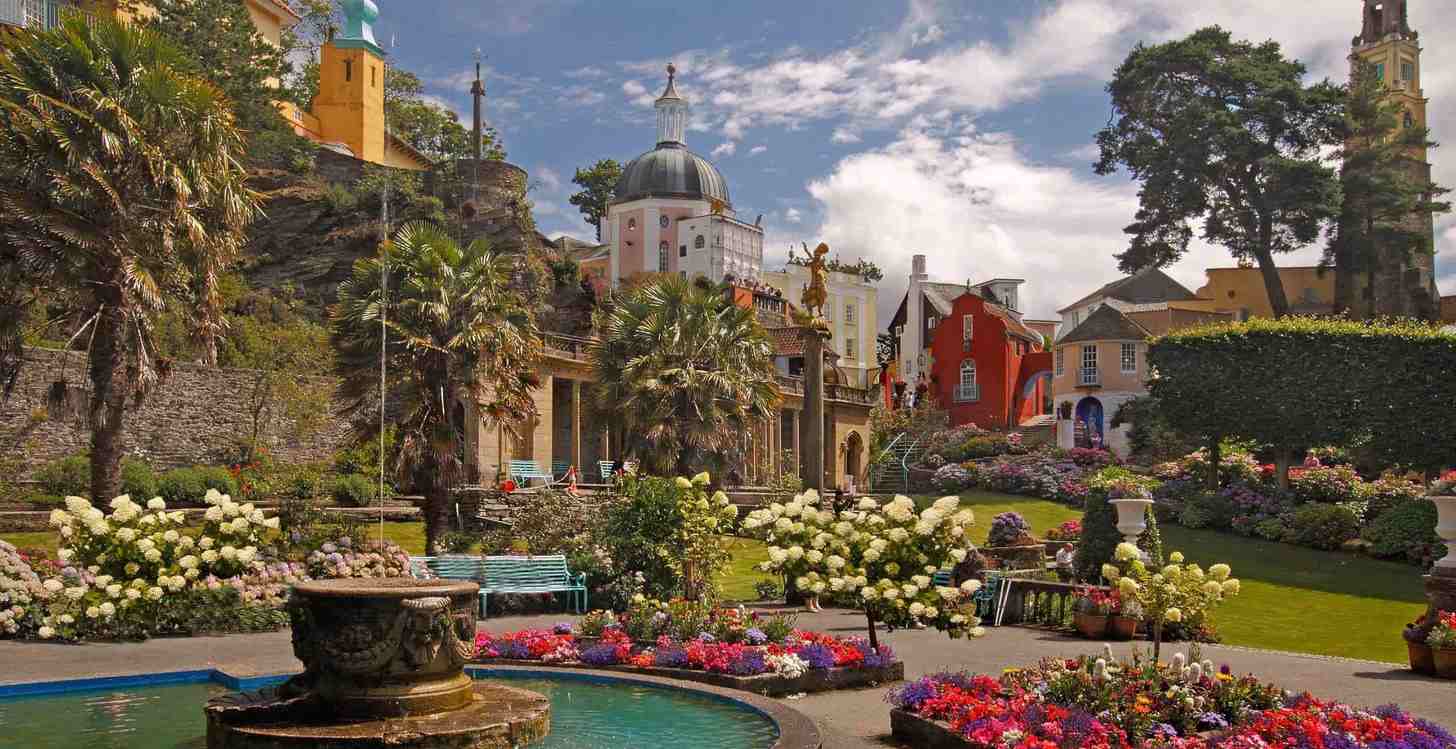This article was originally published by Zach on startupcities.com
In the Financial Times, Tim Harford asks: “Why did we stop building beautiful neighborhoods?” Harford focuses on the UK. But, let’s be honest, this disease afflicts America, too.
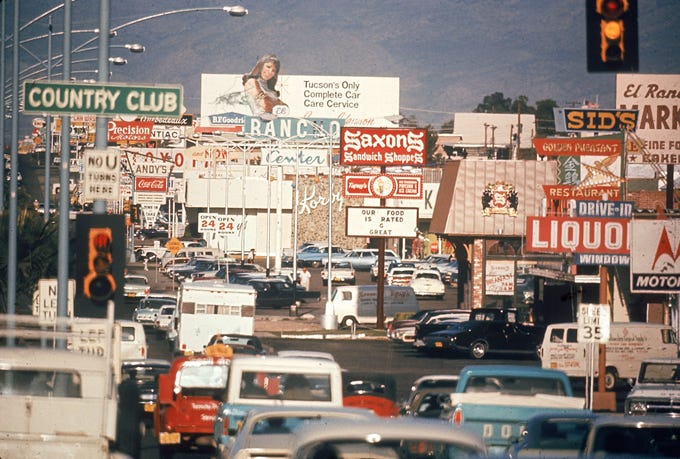
Architects and designers offer a common answer to Harford’s query: we stopped doing things the traditional way! If only we went back to Tradurbanism, we’d rediscover urban beauty.
The “let’s build pretty villages” people focus on the physical: traditional materials, Christopher Alexander-esque design patterns, the “human scale.” There’s truth here. But I want to focus on what’s often overlooked by designers: the business of beautiful.
What if Tradurbanism Was Just Poverty?
Urban beauty arises from freedom and constraint. With freedom, complex patterns grow throughout a city. Residents optimize the city on the micro scale, exploiting that freedom. This local optimization leads to neighborhoods with novel features. These neighborhoods form a network that composes a city.
But a unified vibe across a neighborhood or city demands some constraints — a common culture, a common set of materials or style. Architects and urbanists obsess with the “constraint” part. Stones. Two-story buildings. Curvy roads.
But Tradurbanism’s constraints grew in humanity’s natural state: poverty. The constraints of the past were severe: no cars or elevators, small-scale manufacturing, no modern materials, the overbuilding of everything since we couldn’t simulate failure modes on a computer, literally everyone being poor by modern standards. These constraints accidentally created a unified aesthetic because they restricted the freedom of builders.
Tradurbanism wasn’t an aesthetic philosophy: there was no Committee for Medieval Urbanism that published best practice whitepapers for villagers to follow. Medieval villagers did not walk around their town and think, “Wow! How fortunate I am to live in such a picturesque stone village!”
Medieval villagers used “local materials” because there weren’t any container ships to bring them other materials. They didn’t build higher than a couple stories because they couldn’t. Roads were cobblestone because they couldn’t pave with asphalt.
Today’s Tradurbanism is an attempt to re-create the constraints caused by yesterday’s grinding poverty.
Slums: Tomorrow’s Tradurbanism, Today
Today, we have “organic urbanism” with far fewer constraints on materials and culture: slums. Slums are organic neighborhoods built without the constraints of medieval localism and poverty.
Here’s La Limonada, one of my favorite informal communities in LatAm (but don’t plan a visit):
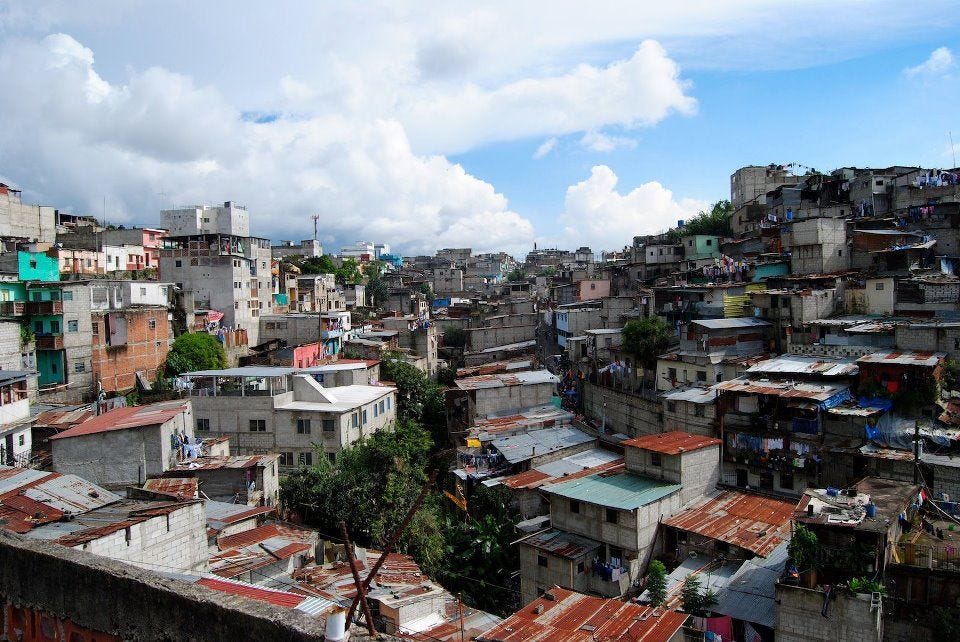
If we swapped out materials, La Limonada might resemble an Italian city like San Gimignano:

As it turns out, the much-less-constrained, modern-material-built, organic neighborhood looks pretty ugly. Most would agree that the bottom-up building in San Gimignano, constrained by poverty, looks better than the bottom-up building of La Limonada which, though poor, enjoys the benefits of a global economy.
These similarities appear on the micro-level too. Here’s a beautiful Italian staircase, sure to fire up a Tradurbanist:
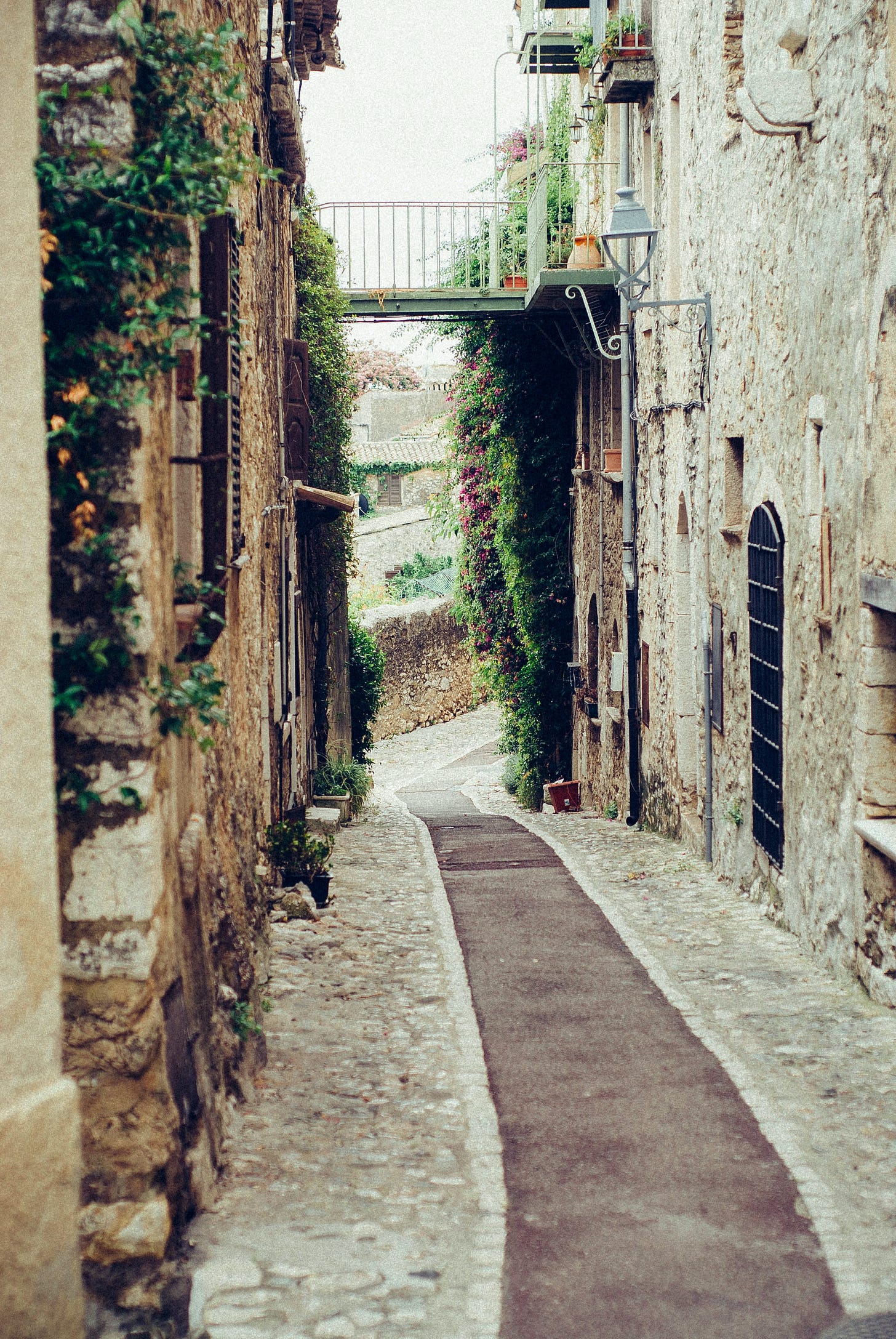
And here’s yours truly descending a not-as-beautiful staircase on the outskirts of La Limonada:
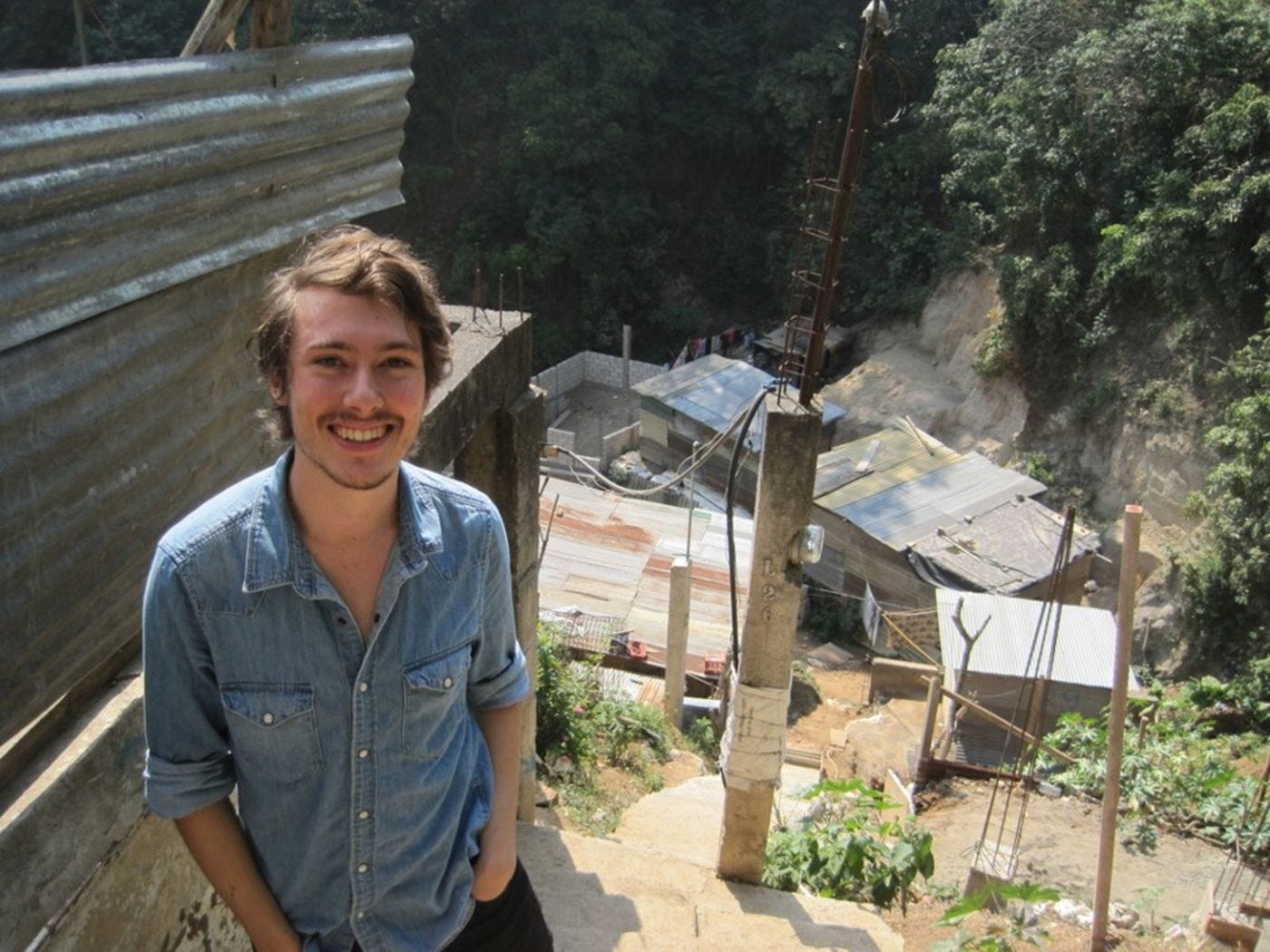
Look at how it descends! Admire how the buildings hug the street and curve to break the sightline! Marvel at the how the plant life frames the path! Something something car free urbanism!
Continue reading on startupcities.com


